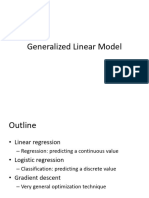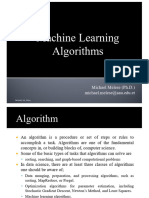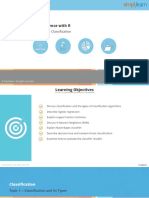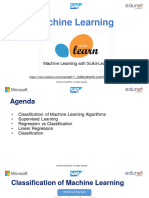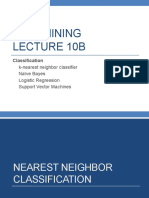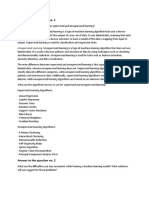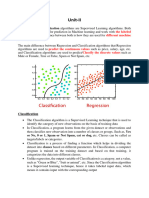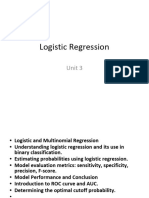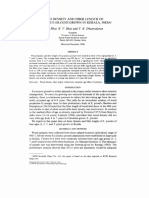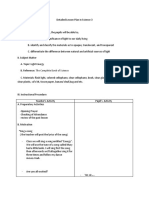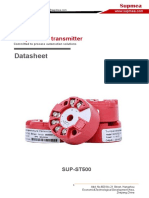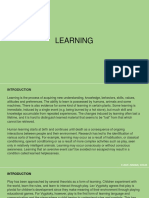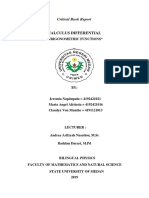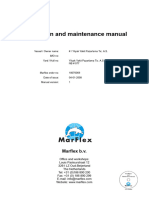0% found this document useful (0 votes)
11 views31 pagesMachine Learning for Engineering Students
The document provides an introduction to classification methods in machine learning, focusing on Logistic Regression and K-Nearest Neighbor (K-NN). It explains the concepts of supervised learning, binary and multi-class classification, and the mathematical foundations of logistic regression, including the use of the sigmoid function and cross-entropy loss. Additionally, it outlines the K-NN algorithm, its working mechanism, and its applications in classification tasks.
Uploaded by
ShaktiCopyright
© © All Rights Reserved
We take content rights seriously. If you suspect this is your content, claim it here.
Available Formats
Download as PDF, TXT or read online on Scribd
0% found this document useful (0 votes)
11 views31 pagesMachine Learning for Engineering Students
The document provides an introduction to classification methods in machine learning, focusing on Logistic Regression and K-Nearest Neighbor (K-NN). It explains the concepts of supervised learning, binary and multi-class classification, and the mathematical foundations of logistic regression, including the use of the sigmoid function and cross-entropy loss. Additionally, it outlines the K-NN algorithm, its working mechanism, and its applications in classification tasks.
Uploaded by
ShaktiCopyright
© © All Rights Reserved
We take content rights seriously. If you suspect this is your content, claim it here.
Available Formats
Download as PDF, TXT or read online on Scribd
/ 31


















